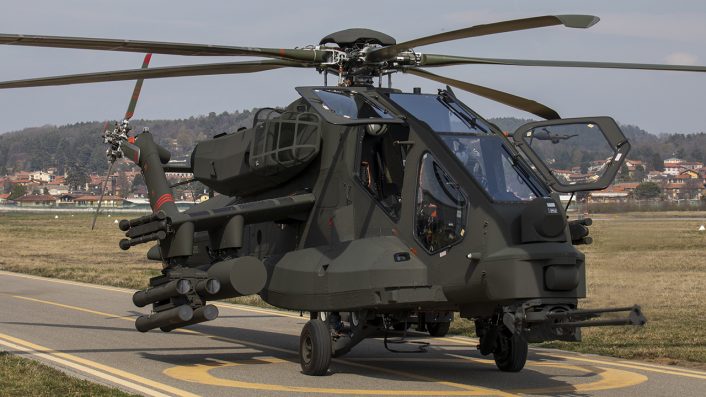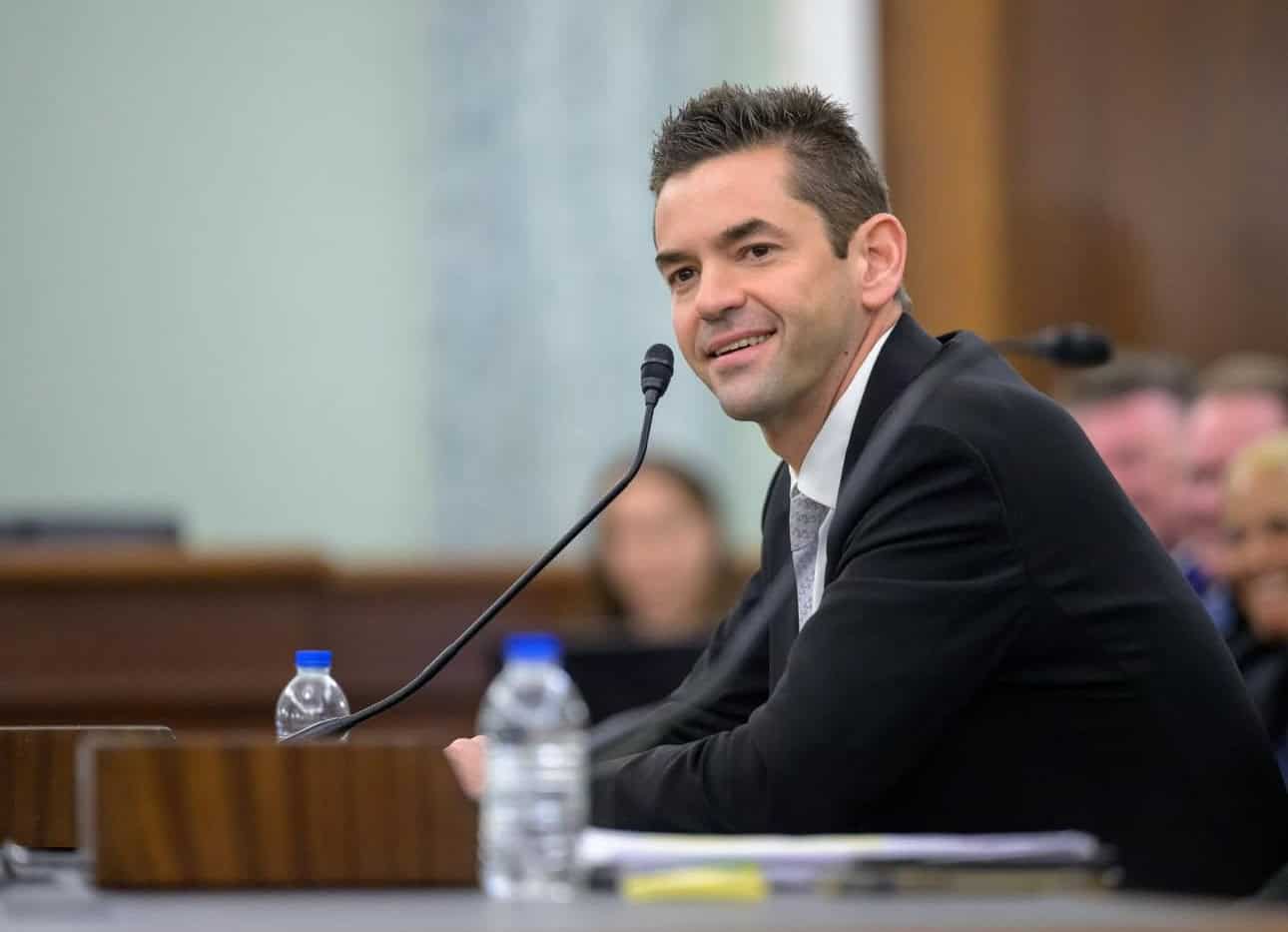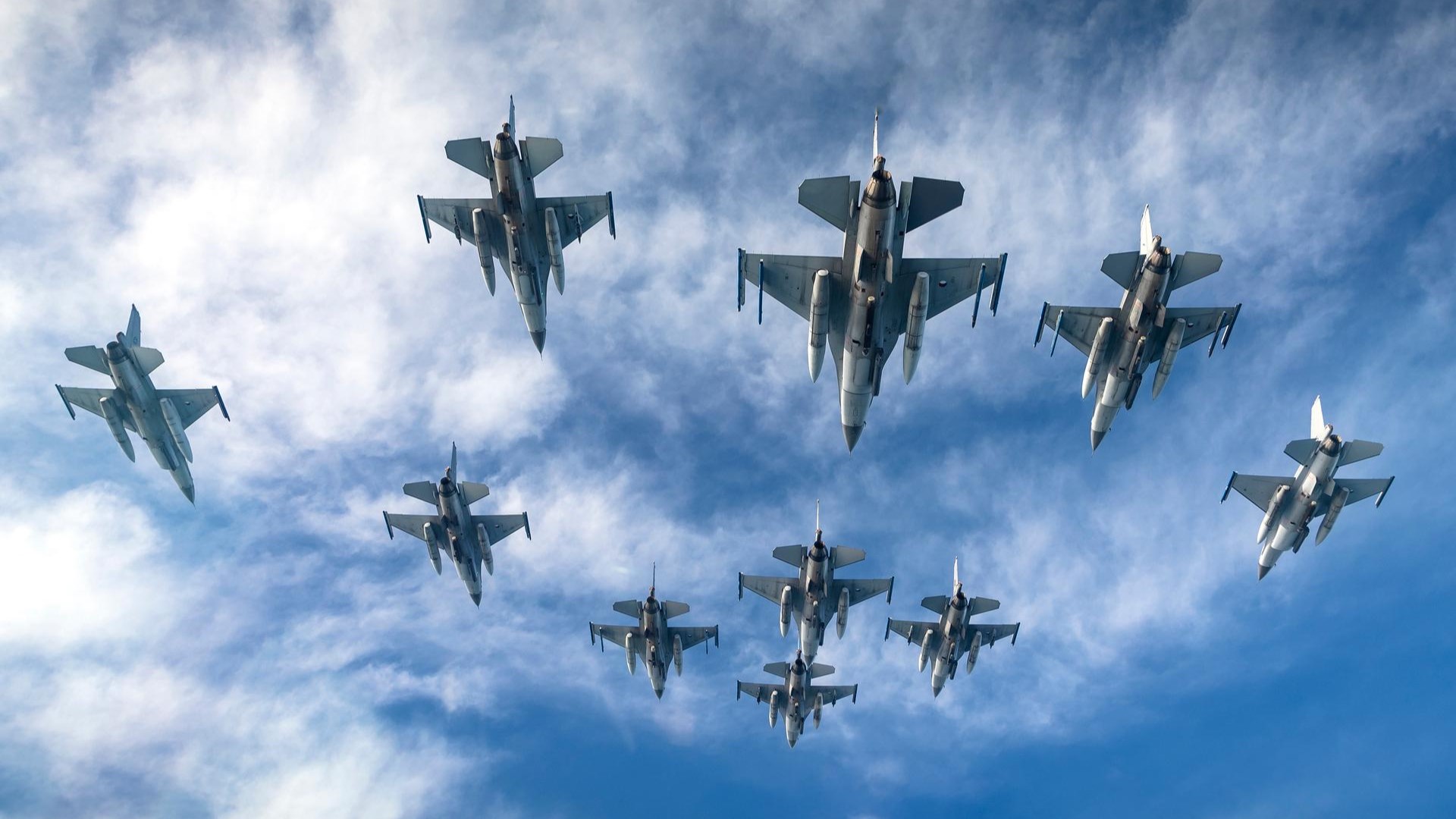Italy has started the parliamentary process to approve the acquisition of a new batch of AW249s, which will complete the fleet of 48 attack helicopters.
Documents from the Italian Parliament show that Italy has started the approval process for the acquisition of another batch of the new AW249 Fenice attack helicopter for the Italian army. This batch will include 29 helicopters that will complete the planned fleet of 48 AW249s.
Third phase of the AW249 program
The acquisition is part of the third phase of the program, which includes the completion of the development of the Full Operational Capability (FOC) configuration, the acquisition of 29 FOC-configured helicopters and the upgrade of the 19 helicopters already under contract. In addition, this phase also includes the certification and industrialization of the helicopter, logistical support for ten years and the acquisition of the training system.
The third phase is scheduled to launch in 2026 and will “presumably” be completed in 2032, says the document delivered to the Italian Parliament for approval. This phase will have a value of 1,221.5 million euros, out of a total of 4,647.7 million planned for the program since its launch in 2016.
The document also details the financing, mentioning that the first phase was authorized in 2016 with 487.06 million euros and the second phase was authorized in 2020 with 2,282.94 million euros. In the future, another 656.02 million euros will be financed for the completion of the program.

Three pre-series helicopters were contracted in 2017 and are expected to be delivered in Initial Operational Capability (IOC) configuration. In 2021, four more FOC helicopters were added to the order, followed by 12 helicopters (including two optional ones) in 2024, hence the current total of 19 helicopters.
Testing in progress
While testing continues, last year a pre-production AW249 participated in the Italian army’s operational exercise “Stella Alpina 2024” at Lake Fedaia, near Trento, in northeastern Italy. The helicopter was integrated into the operation’s assets within the multi-domain tactical bubble.
In the two-week exercise, 600 troops from specialized units of the Italian Army trained to counter new threats in a multi-domain scenario, integrating innovative technologies. In fact, among the objectives set by the service was the deployment of systems, equipment and vehicles recently deployed or in the process of acquisition, such as the AW249.


During the summer of 2024, the first two helicopters conducted mid-altitude and hot-weather tests, both conducted in Calabria, southern Italy. A first round of hot-weather testing was also carried out in Spain during the summer of 2023, while in 2025 the helicopter will undergo high-altitude testing.
The AW249 was already part of firing campaigns, with the Oto Melara TM197B 20mm chin guard and 70mm unguided rockets tested in March 2024. During 2025, the helicopter is expected to test the Rafael Spike and Spike ER air-to-ground missiles, and an undisclosed air-to-air missile, which could be the AIM-92 Stinger, or ATAS (Air To Air). Stinger), mentioned in the documents.
The documents also mention some of the activities and systems included in the tests, such as cyber security, flight management system, role team, battlefield management system, obstacle warning system, loitering munitions, anti-UAS, Stinger, data link manned-unmanned equipment (MUM-T), GPS with selective availability anti-spoofing module (SAASM).


The AW249
The AW249, designated AH-249A NEES (Nuovo Elicottero da Esplorazione e Scorta – New Scouting and Escort Helicopter) and nicknamed “Fenice” (Italian for “Phoenix”), is the only new Western combat helicopter designed from scratch in recent years. The helicopter is being developed to replace the A-129 Mangusta, which has been in service with the Italian military since the 1990s and has been improved over the years to the current AH-129D variant, which is expected to be retired from the AH-129 from 2025.
The AW249 helicopter, whose first flight took place on August 12, 2022, incorporates advanced technologies that improve digitalization, connectivity, sensor fusion, information superiority and interoperability. These characteristics make it a force multiplier in multi-domain operations, integrating seamlessly into the air, land, maritime, space and cyber domains.
Many mistakenly believe the AW249 resembles an AH-64 Apache, but beyond its tandem cab configuration, the similarities are minimal. The AW249 represents a distinct evolution from its predecessor, the AW129, which has its roots in the A129 developed in the late 1970s and first flown in 1983.


In fact, the original A129 was born as an evolution of the concept introduced by the AH-1 Cobra, the first to use a tandem cabin configuration. Unlike the Cobra, the Mangusta was based on a twin-engine configuration with a four-bladed main rotor. The helicopter was conceived as a pure anti-tank platform and was armed only with TOW anti-tank missiles and unguided rockets. Only in the 2000s, with the upgrade of the A129CBT, the helicopter was equipped with a 20 mm M197 cannon.
While the AW249 builds on lessons learned from the AW129, it features a new airframe, transmission, engines and avionics. While stealth was not a requirement, the AW249 incorporates certain features to improve its LO (low observability) characteristics, such as reducing radar cross section and infrared signature, to make it more difficult to detect.
The AW249 features a complete open architecture with significant margins for future growth. The core of its capabilities, in addition to high performance, is the ability to be fully integrated and interoperable in the modern multi-domain battlefield. The AW249 features an advanced large-area display human-machine interface and touchscreen/gesture recognition devices, along with helmet-mounted devices and a battle management system specifically developed by Leonardo.



